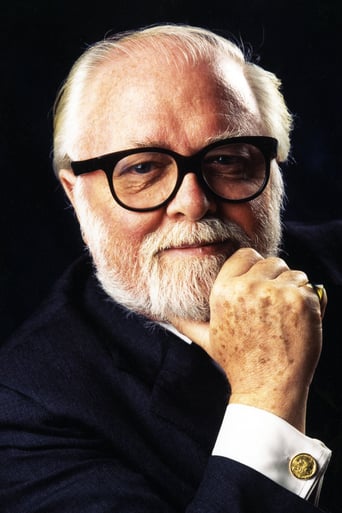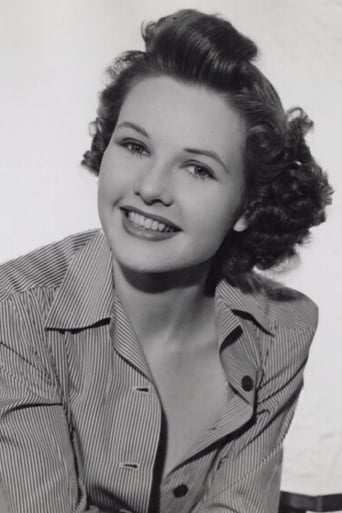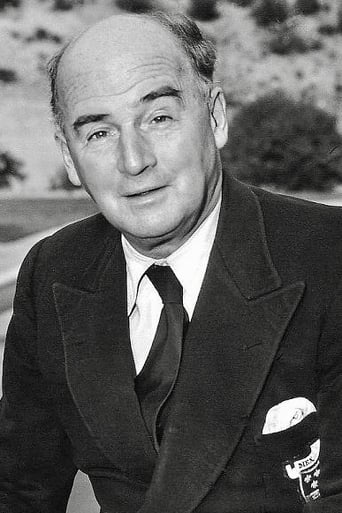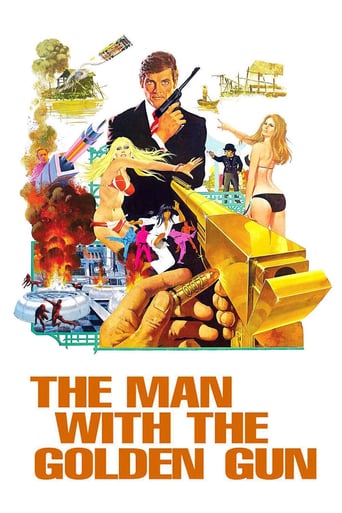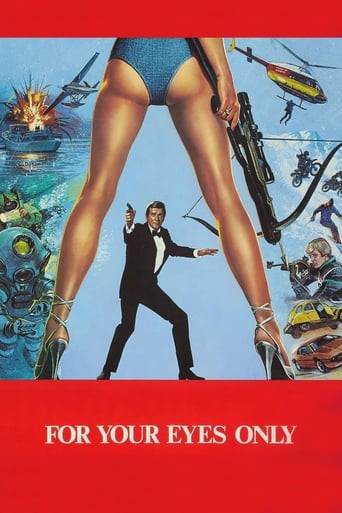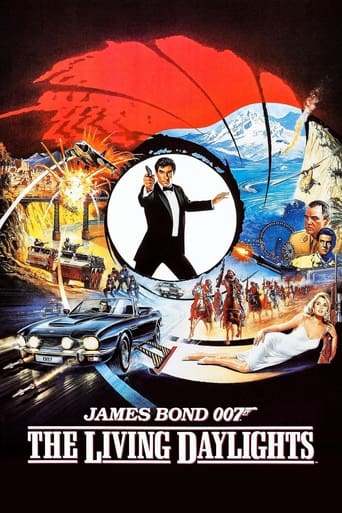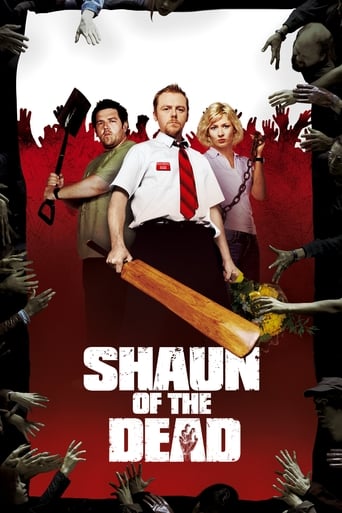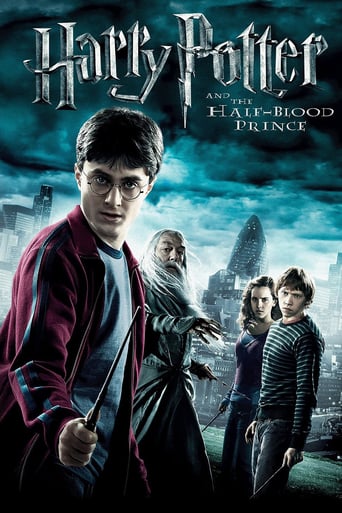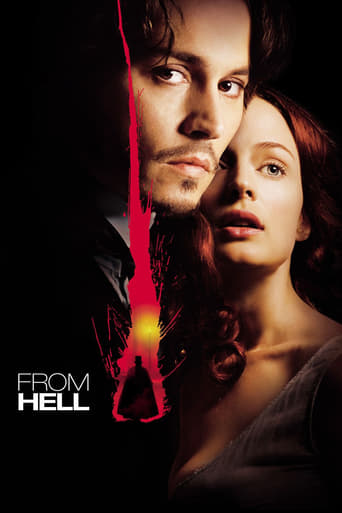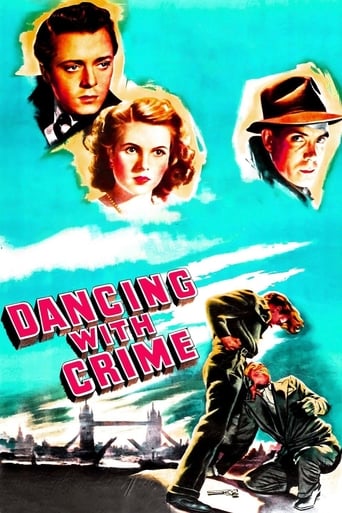

Dancing with Crime (1947)
When his best friend is murdered inside a London dancehall, a cab driver and his girlfriend involve themselves in the investigation and discover a major criminal operation hiding behind the club's friendly facade.
Watch Trailer
Cast
Similar titles

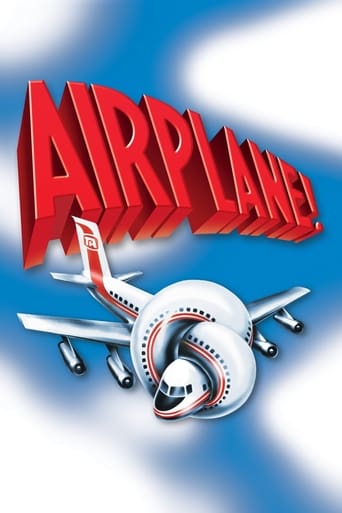
Reviews
It is a performances centric movie
For having a relatively low budget, the film's style and overall art direction are immensely impressive.
The film never slows down or bores, plunging from one harrowing sequence to the next.
I enjoyed watching this film and would recommend other to give it a try , (as I am) but this movie, although enjoyable to watch due to the better than average acting fails to add anything new to its storyline that is all too familiar to these types of movies.
Compo from "Last of the Summer Wine" obviously loved the East End and probably made friends with Chas 'n' Dave. That's why I saw them play at Holmfirth. It was where Summer Wine was filmed – the friendship link is complete. Compo is an East end gangster in this film. He's short in stature and makes an unconvincing tough guy. He would have been flattened in his fight scene at the beginning of the film. The same goes for his ex-army buddy, Richard Attenborough (Ted), Again, this short person would have been flattened in both his fight scenes. The fights are badly staged and very fake.There's a criminal gang running a dancehall and carrying out robberies and Dickie short-arse meddles in their affairs so he can get to the truth behind his pal Compo's demise. Guess what – he succeeds. Standard good guy v bad guy stuff. The most interesting moments of the film for me occur in the dancehall where Diana Dors hangs out. Singer and dancehall girl Judy Kelly (Toni) is the best of the cast. What is it with people cutting in on other men dancing with a girl by tapping them on the shoulder and stealing their girl away? No way! This would be disastrous and cause non-stop scuffling. I hear this was an American custom introduced in films. I can't believe this actually happened! Any info on this ludicrous concept would be greatly appreciated.
Film reviewing is an irregular art. I find I have written up two reviews of "Dancing With Crime". In the first review, I have awarded the film only five points out of ten. I write that the chief interest in watching this movie is to catch young Diana Dors in a small unbilled role as a dance hall "hostess". Otherwise, I wrote, this movie is just an ordinary crime melodrama with all the suspense taken out of it by our knowledge of the murderers. In the second review, however, I have given the movie an 8/10 score and described it as an excellent thriller! This time, I thought the direction by John Paddy Carstairs was well above his usual humdrum standard and that the cast, led by Richard Attenborough and Sheila Sim, was perfect! Long after this movie was made, I met Diana Dors and helped her publicize her book. She commented that she had ended up in the movies right where she started – namely as a character actress. Yes, she was a character actress before she became a sex symbol and she was very pleased that I had seen some of these films like "Penny and the Pownall Case" and "Oliver Twist".
whilst it has to be said that this film uses many situations that even in 1947 were clichés,nevertheless this is a well made and entertaining film.You always know what the characters are up to.So when Attenborough meets up with army buddy Bill Owen,you get the feeling immediately that Owen is up to no good.Owen is shot and then crawls into Attenboroughs cab where he bleeds to death.So unfortunately the next fare gets a rather nasty shock.Everyone seems to be playing to their type,Garry Marsh as a jovial policeman and Danny Green who enjoys taking people for a ride.The only problems are that Attenborough doesn't look too convincing in the fight scenes,and you have to wonder why the gang would try to hunt him down since it only makes him a lot more suspicious.
Brisk, efficient British post-War crime melodrama set in London - part of the 'Spiv' movie cycle(films with roots in 30s American Gangster movies, featuring characters profiting from wartime rationing in a similar fashion to 30s bootleggers, but not so clearly glamorised as their Stateside equivalents - see also the superior NOOSE). Richard Attenborough stars as former soldier, Ted Peters, now making a living as a London cab-driver who becomes involved with a criminal gang headed by dance hall owner and criminal mastermind Mr Gregory (the seriously undervalued Barry Jones), whose henchman and M.C. Paul Baker (Barry K. Barnes) has offed Ted's childhood friend and former army buddy Dave Robinson (Bill Rowbotham, better known to U.K. audiences as Bill Owen, star of long-running U.K. T.V comedy series LAST OF THE SUMMER WINE). At Ted's behest, his girlfriend Joy (Sheila Sim) gets a job as a dancehall hostess in Gregory's dance hall as part of Ted's attempts to expose the criminal gang and the true nature of the crime lord's enterprise is gradually exposed. Punchily directed by John Paddy Carstairs, and redolent with post-War atmosphere, this is another example of the type of popular genre fare which entertained U.K. audiences in the 40s at the same time as the now revered 'noir' movies similarly engaged their U.S. contemporaries. Deserving wider acclaim, the movies from this post-War U.K. genre are valid, and diverting, social documents which often gave early exposure to burgeoning talents (in this instance, an uncredited brunette Diana Dors and a 'blink and you'll miss him' Dirk Bogarde) and should, by rights, be as revered in their country of origin as the more celebrated and documented U.S. post-War crime movies. Worth checking out, if you get the chance.
